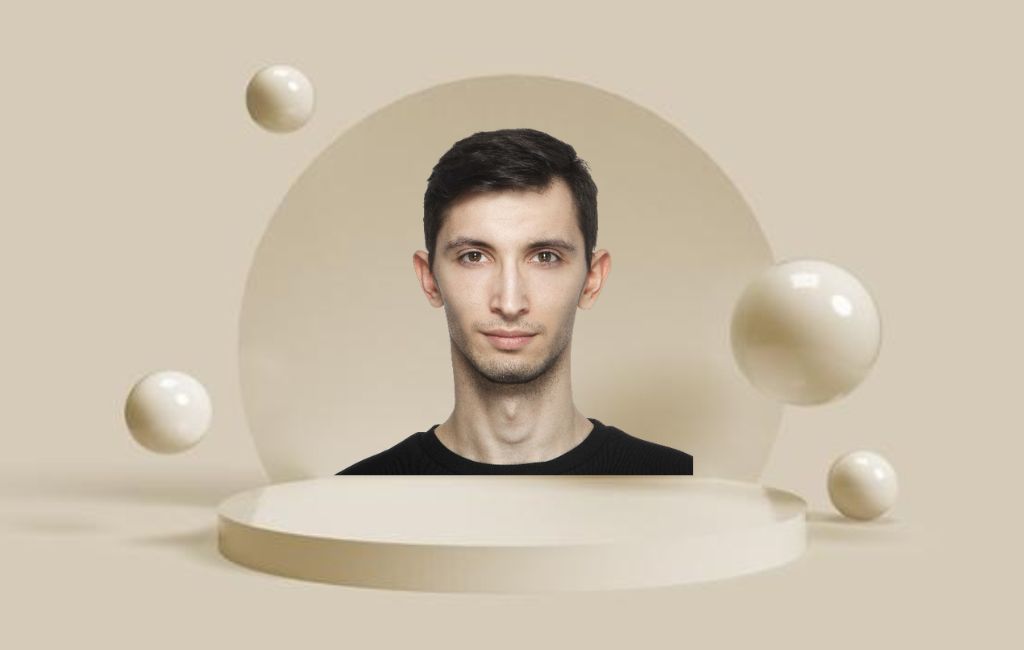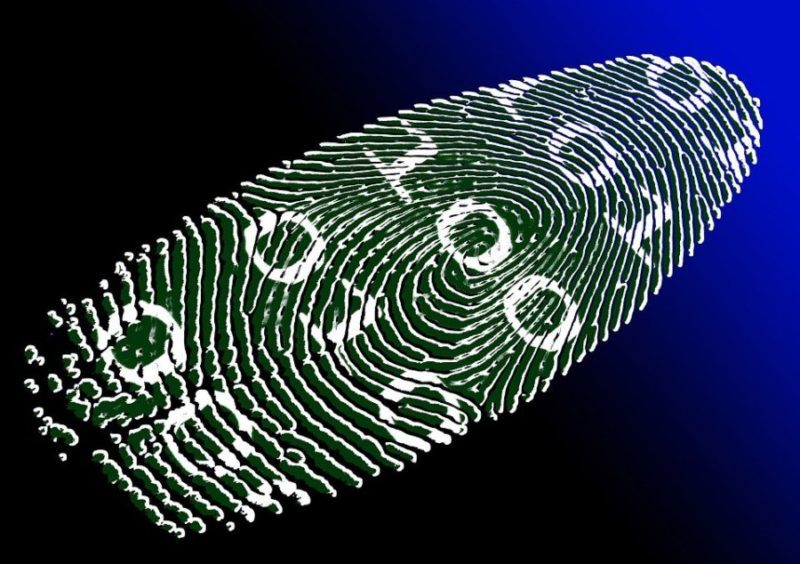Key Takeaways From CEO Dmitry Ulyanov of in3D
Dmitry Ulyanov, co-founder, and current chief executive officer of in3D. He earned his doctorate in computer vision via a program jointly administered by the Skolkovo Institute and Oxford University. His studies were mainly devoted to research in computer vision and deep learning. He is the author of almost 6,000 specific citations to date. He had employment at Yandex, Google, and Samsung Research before joining in3D.
The first thing that comes to mind when he hears the phrase “metaverse” is the film The Matrix. It is the film. However, he means it positively. According to him, the metaverse is an alternate reality in which one is not bound by the physical rules governing our world or one’s physical position. A globe exists coexisting with ours in which it is possible to conceive of ideas that, under normal conditions, could never be realized. It is a parallel world, yet more opportunities exist to use your imagination.
The metaverse must first provide a noticeable advantage to the populace. Currently, it is a little tough to express in words. The second need for the metaverse is its navigability. Much will depend on the eventual shape the metaverse will take. Everyone will require an easy-to-use gadget to access the metaverse if we are to create something just as immersive as the real world. Something as engrossing as a video game would be far more than a video game. As smartphone use increased, tremendous opportunities presented for mobile apps like Uber. It is suggested that a similar “portal to the metaverse” be constructed, which may take the shape of intelligent lenses, glasses, or something else novel.
The metaverse will have worlds ranging in realism from the greatest to the least realistic. People who use realistic representations of parallel worlds will need a way to scan themselves and produce a digital copy of themselves. Because of this, people they already know will recognize them more readily. They must possess a convincing look. Ulyanov concluded they already had the knowledge and skills required to develop and apply this technology in this rapidly increasing industry.
During his tenure at Samsung Research, Ulyanov contributed to projects involving the 3D reconstruction of numerous objects. At that moment, he realized that the notion of creating a realistic digital avatar of a person using just the camera on a smartphone might become a reality. In addition, he had to wait for his wife, Ekaterina Ulianova, the co-founder and chief operating officer of in3D. She was spending a considerable amount of time trying on stuff while shopping.
She ultimately determined that she wanted to focus on creating realistic and accurate avatars using the camera on her smartphone for various businesses, including the fashion industry, gaming, AR/VR, and the metaverse. Consequently, they came up with the idea of creating a virtual changing room. It would be fantastic if they could make your digital twin at home in less than a minute and allow you to try on hundreds of different styles in just a few more minutes. In August 2019, they presented this idea and were accepted into the Silicon Valley-based Alchemist Accelerator. After that, they made many course adjustments throughout the program.
in3D operates on two distinct levels: the experience layer and the creator economics layer. in3D makes it feasible for everyone to use just the camera on a mobile device and takes less than a minute to finish the procedure. After that, the avatar may be utilized in augmented reality (AR) or exported in a 3D format such as glb or fbx for usage in 3D environments. It is standard practice for 3D artists and content creators to use avatars to represent themselves in their work. They create works of art and other items, such as ads, among others. In addition, one of their clients is a virtual reality (VR) game production company that makes games in which players may battle zombies with their friends while playing as themselves. The last example might probably fit better in the Experience layer.
In the next ten years, he sees the metaverse as a vast social game comprised of parallel realities in which people may be whatever they want and interact. Using the means at their disposal, it will not be difficult for humans to connect with the metaverse. The user will not have to spend substantial time, effort, or money to implement these tactics. People will have access to many possibilities in terms of activities and experiences.
Also, read – CEO Cai Felip of UNION Avatars Vison For Metaverse And The Future
They saw themselves as a tool for creating realistic avatars. When users choose to access a more realistic metaverse world, they will use an avatar they have created when using the product. A Google sign-in button will have the same functionality as an in3D avatar. Users can choose to utilize a previously made avatar or produce a new scan to represent themselves in a meta world.
Stay informed with daily updates from Blockchain Magazine on Google News. Click here to follow us and mark as favorite: [Blockchain Magazine on Google News].
Get Blockchain Insights In Inbox
Stay ahead of the curve with expert analysis and market updates.
latest from tech
Disclaimer: Any post shared by a third-party agency are sponsored and Blockchain Magazine has no views on any such posts. The views and opinions expressed in this post are those of the clients and do not necessarily reflect the official policy or position of Blockchain Magazine. The information provided in this post is for informational purposes only and should not be considered as financial, investment, or professional advice. Blockchain Magazine does not endorse or promote any specific products, services, or companies mentioned in this posts. Readers are encouraged to conduct their own research and consult with a qualified professional before making any financial decisions.

 Bitcoin
Bitcoin  Ethereum
Ethereum  Tether
Tether  Solana
Solana  Dogecoin
Dogecoin  XRP
XRP  USDC
USDC  Lido Staked Ether
Lido Staked Ether  Cardano
Cardano  TRON
TRON  Shiba Inu
Shiba Inu  Toncoin
Toncoin  Avalanche
Avalanche  Wrapped Bitcoin
Wrapped Bitcoin  Wrapped stETH
Wrapped stETH  Sui
Sui  Pepe
Pepe  WETH
WETH  Chainlink
Chainlink  Bitcoin Cash
Bitcoin Cash  Polkadot
Polkadot  LEO Token
LEO Token  NEAR Protocol
NEAR Protocol  Litecoin
Litecoin  Aptos
Aptos  Wrapped eETH
Wrapped eETH  USDS
USDS  Uniswap
Uniswap  Cronos
Cronos  Stellar
Stellar  Internet Computer
Internet Computer  dogwifhat
dogwifhat  Bittensor
Bittensor  Ethereum Classic
Ethereum Classic  Dai
Dai  Artificial Superintelligence Alliance
Artificial Superintelligence Alliance  WhiteBIT Coin
WhiteBIT Coin  Ethena USDe
Ethena USDe  Bonk
Bonk  POL (ex-MATIC)
POL (ex-MATIC)  Stacks
Stacks  Hedera
Hedera  Render
Render  Monero
Monero  OKB
OKB  Filecoin
Filecoin  FLOKI
FLOKI 



